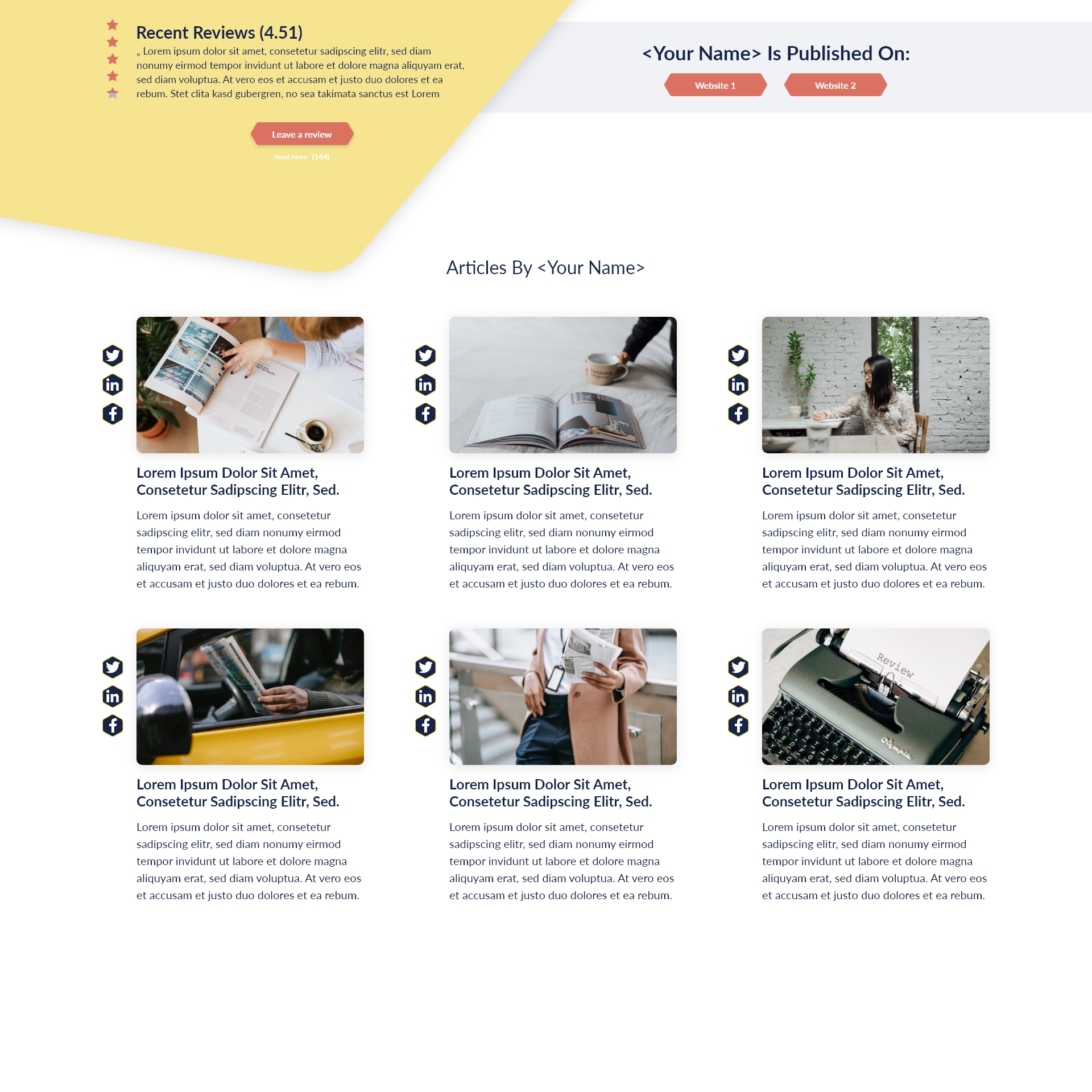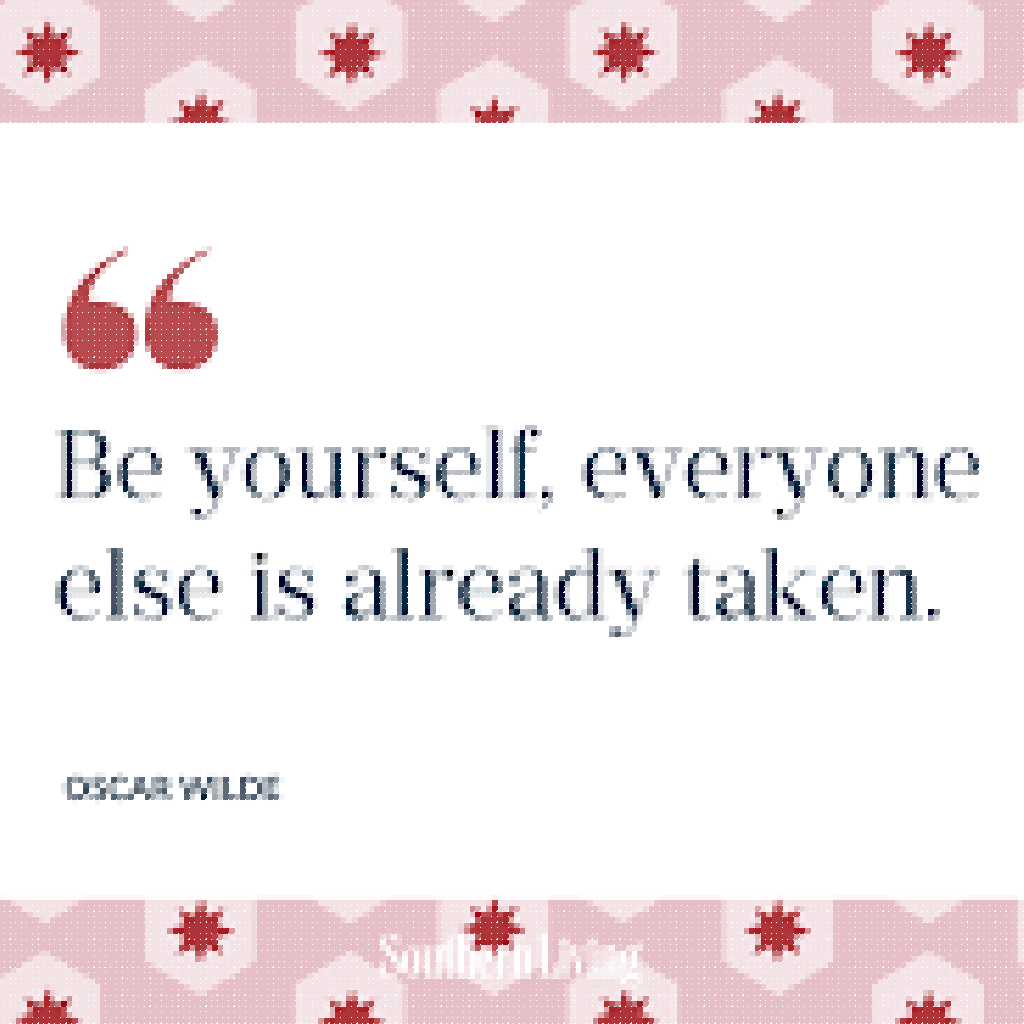Key Takeaways:
- Implementing structured recognition programs drives meaningful employee morale improvements.
- Promoting leadership appreciation creates an organizational culture valuing diversity and inclusion.
- Succession planning and mentorship programs are critical for equitable advancement of employees with disabilities.
- Reasonable accommodations, adaptive technology, and inclusive policies are essential for supporting neurodiverse talent.
Unlocking employee morale in the federal workforce requires more than just attractive benefits or competitive salaries. Recognition and genuine leadership appreciation programs can fundamentally transform how teams operate, especially when the focus expands to support employees with disabilities. As organizations strive for higher productivity and innovation, understanding the intersection of disability, leadership, and workplace recognition is key to fostering a truly inclusive environment.
Fostering a Disability-Inclusive Workplace Culture
Cultivating strong employee morale begins with a workplace culture that honors diversity and inclusion, especially regarding disability. Organizations that elevate their practices beyond compliance with regulations unlock greater engagement, motivation, and retention.
Breaking Bias in Corporate Leadership
Bias—often unconscious—remains an obstacle for employees with disabilities seeking recognition or opportunities. Leaders must champion awareness, recognizing that disabilities can be both visible and invisible. Training leadership on identifying and overcoming biases is an investment in building a team where contributions from everyone are not just accepted but sought after. Making room for disability diversity at decision-making tables signals that talent is valued above all, significantly boosting employee morale.
Building Disability Allyship at Work
Allyship goes beyond policy—it is rooted in daily actions and leadership modeling. Encouraging employees to become disability allies fosters a culture of mutual respect. Employees should feel empowered to support colleagues with disabilities, whether by facilitating accessibility or advocating for inclusive practices. Recognition for those who demonstrate allyship, from top management to frontline staff, can normalize inclusion and make appreciation an expectation rather than an exception.
Promoting Equal Opportunity in Management Roles
Recognition programs should highlight equitable pathways to management roles. This requires intentional assessments of promotional opportunities and rigorously unbiased performance reviews. By tracking representation at leadership levels and recognizing achievements devoid of barriers, organizations demonstrate a commitment to equal opportunity. Leadership appreciation, in this context, means valuing diverse perspectives that disabled employees bring to high-level roles.
Career Advancement for Employees with Disabilities: Challenges & Solutions
Career advancement often poses unique hurdles for employees with disabilities. Proactive recognition and development programs aim not only to remove roadblocks but to shine a light on the achievements of disabled employees.
Succession Planning and Disability Representation
Organizations building a strong pipeline of future leaders cannot overlook disability representation. Succession planning should involve identifying high-potential employees with disabilities and ensuring tailored resources are available for their development. Timely recognition of their contributions—be it through awards, career consultations, or public acknowledgments—builds confidence and encourages continued excellence.
Mentorship Programs for Employees with Disabilities
Mentorship remains a proven driver of morale and advancement. Formal mentorship programs that pair employees with and without disabilities foster knowledge exchange and empathy. Leadership should elevate these successes publicly, reinforcing the message that mentorship is a valued part of the organizational culture. Offering internal awards and incentives provides additional motivation to engage in these valuable relationships.
Implementing Inclusive Leadership Best Practices
Leadership recognition must be grounded in inclusive best practices to have a lasting, positive impact on morale.
Disability Disclosure Guidance for Leaders
Leaders must develop an atmosphere of trust, so employees feel comfortable disclosing disabilities. Providing clear, supportive guidance on how disclosures are handled—confidentially and respectfully—sets the tone. Recognizing leaders who effectively foster open communication not only acknowledges individual effort but also encourages others to follow suit, paving the way for authentic team connections.
How to Lead Accessible Team Meetings
Inclusive leadership includes ensuring meetings are accessible to all. This could mean providing sign language interpreters, assistive technology, or flexible participation options. Recognizing and appreciating leaders who consistently prioritize accessible meetings signals to the entire organization that these standards matter. Over time, such acknowledgment cements accessibility as a core organizational value.
Creating Equitable Performance Evaluations
Performance evaluations are essential opportunities for recognition—and for improvement. Inclusive practices require evaluations to account for reasonable accommodations and contextual factors related to disability. Recognizing managers who conduct equitable reviews motivates consistency, fairness, and transparency across the workforce.
Supporting Neurodiverse Talent in the Workplace
Recognition and leadership appreciation take on special significance when considering neurodiversity in the workplace. Employees with autism, ADHD, and other neurodiverse conditions contribute unique strengths that can thrive under supportive structures.
Reasonable Accommodations for Disabled Professionals
A high-morale workplace actively recognizes the need for reasonable accommodations beyond ADA minimums. From flexible work schedules to modified responsibilities, tailored support can empower neurodiverse professionals. Celebrating team leaders who advocate for and implement effective accommodations normalizes this best practice, signaling organizational commitment to every employee’s success.
Adaptive Technology for Office Environments
Technology is a powerful equalizer when thoughtfully deployed. Organizations should invest in adaptive tools—screen readers, speech-to-text software, ergonomic devices—and recognize employees and leaders who champion these resources. Leadership appreciation programs that publicly acknowledge these advocacy efforts encourage a forward-thinking mindset that paves the way for continuous improvement.
Advocating for Policy Change in Organizations
Sustaining motivation and inclusion relies on strong policies that support recognition, appreciation, and equitable access.
Encouraging Disability-Inclusive Policy Development
Policy development should be a participatory process, engaging employees with disabilities to inform decisions. Recognition programs should not only celebrate policy milestones but also acknowledge policy champions who drive change. Regular town halls or internal communications can spotlight these successes and encourage ongoing employee engagement.
Measuring Impact of New Policies
Recognition efforts are most effective when they are tied to measurable outcomes. Tracking improvements in workforce diversity, promotion rates, and retention among employees with disabilities helps organizations refine their policies. Leadership appreciation should extend to teams responsible for these assessments, reinforcing accountability and celebrating positive change.
Middle managers and executives are invited to take actionable steps today: re-evaluate your recognition frameworks, sponsor leadership appreciation programs, and ask how your current practices can be expanded to meet the needs of employees with disabilities. When appreciation and inclusion go hand in hand, the result is a workforce that feels valued, engaged, and equipped to help your organization achieve its highest goals.








